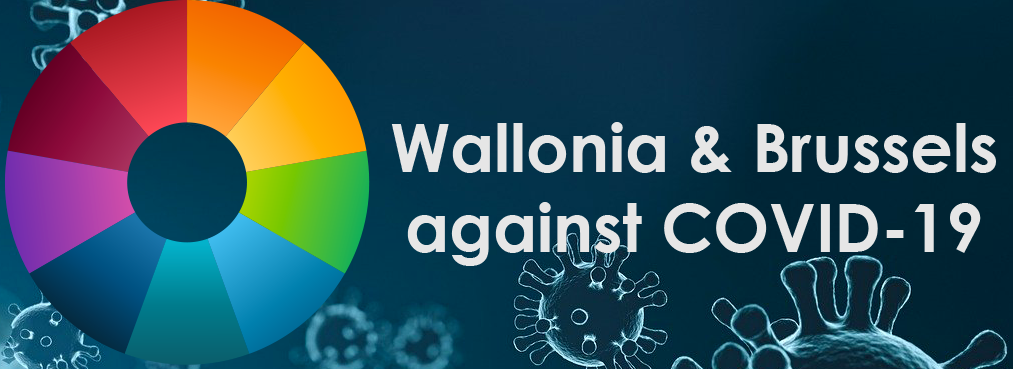Simon Dellicour, FNRS Postdoctoral Researcher
ULB - FNRS
" Since the start of the COVID-19 pandemic, an unprecedented number of genomic sequences of the causative virus (SARS-CoV-2) have been publicly released. The resulting volume of available genetic data presents a unique opportunity to gain real-time insights into the pandemic, but also a daunting computational hurdle if analysed with gold-standard phylogeographic methods. We here describe and apply an analytical pipeline that is a compromise between fast and rigorous analytical steps. As a proof of concept, we focus on Belgium, one of the countries with the highest spatial density of sequenced SARS-CoV-2 genomes. At the global scale, our analyses confirm the importance of external introduction events in establishing transmission chains in the country. At the country scale, our spatially-explicit phylogeographic analyses highlight an impact of the national lockdown of mid-March on both the long-distance dispersal events and the dispersal velocity of viral lineages. Our...


